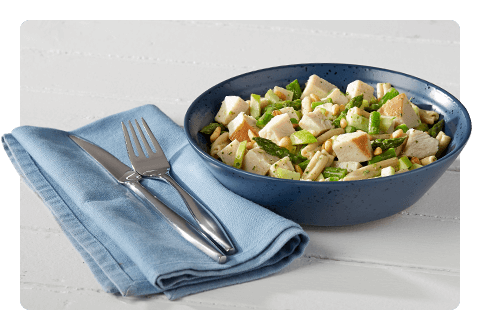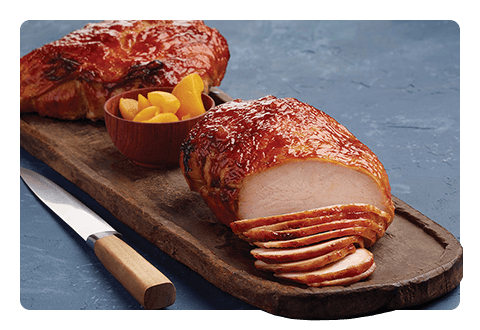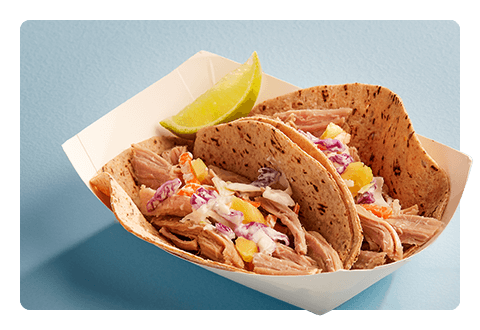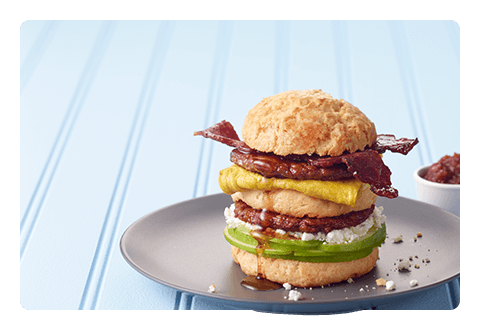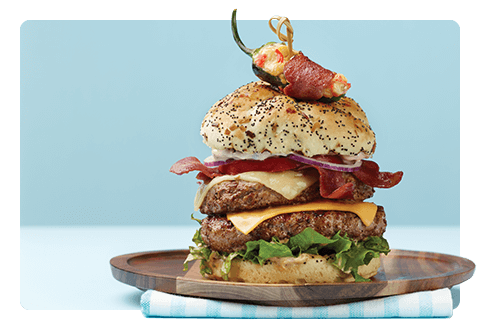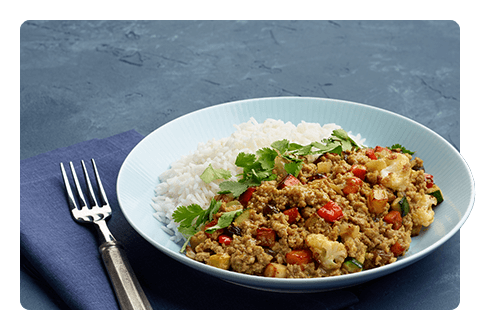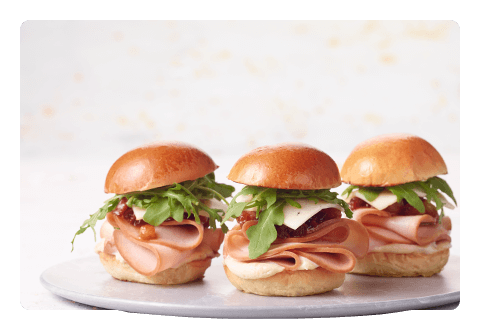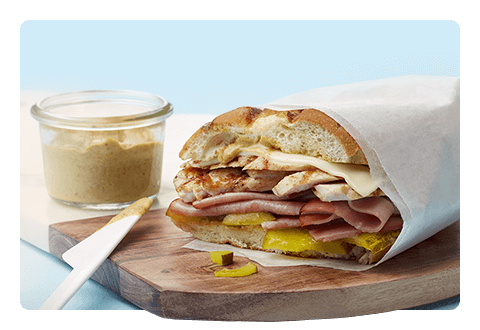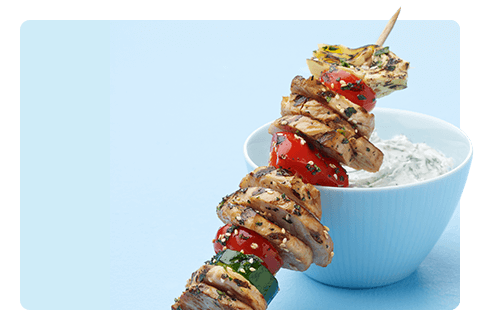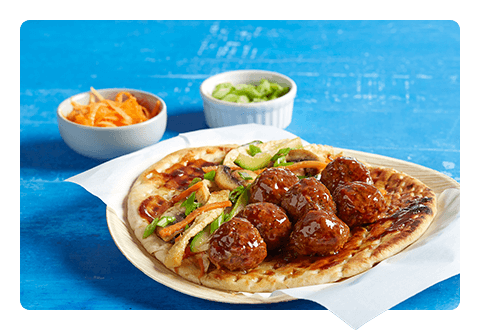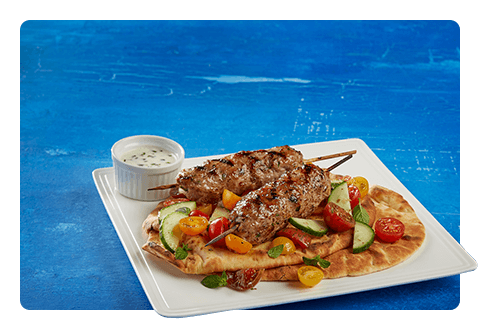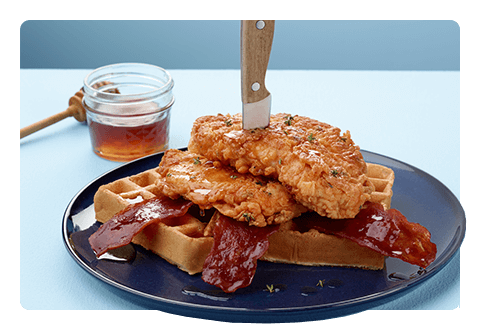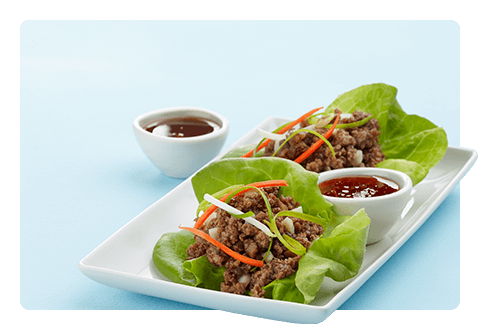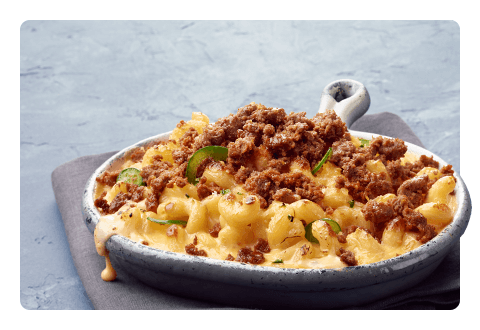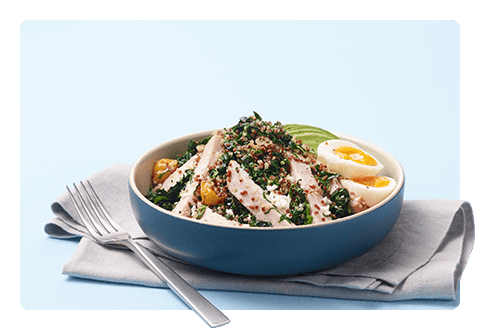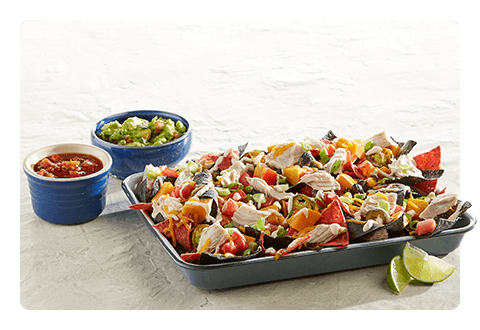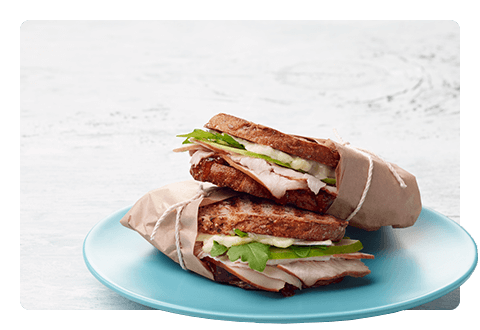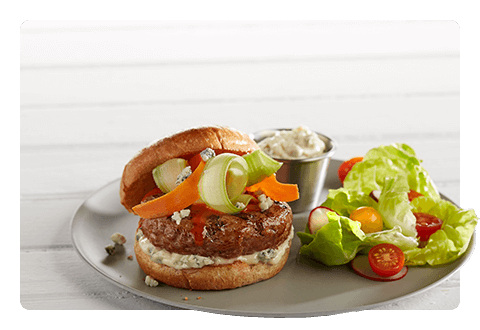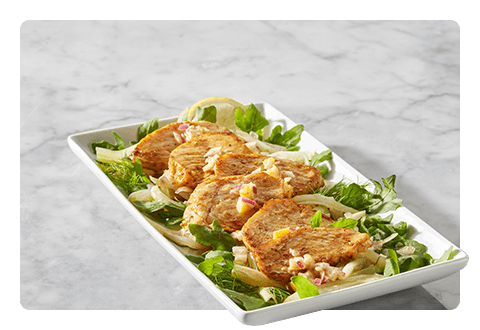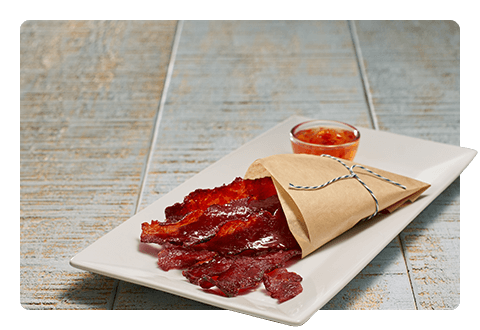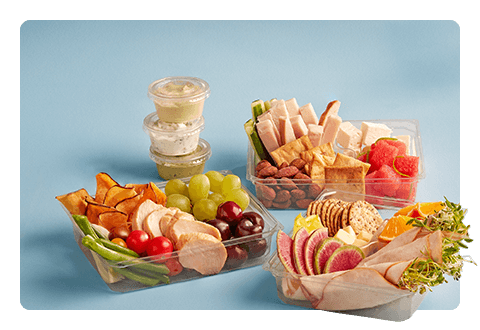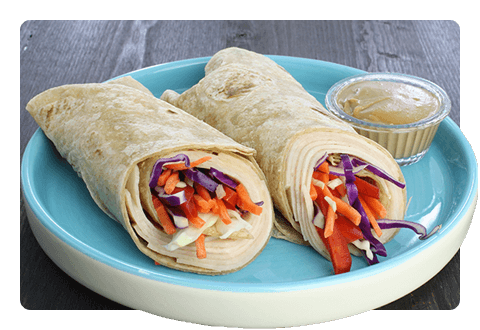Get Social: Restaurants Build Buzz on Social Media
With 49% of consumers using social media for food-related matters, it only makes sense for restaurants to be active on various platforms to stay top of mind for diners. When skillfully leveraging social media, operators can showcase menu items, check in with diners, craft a great impression to potential customers and beyond. More than half of restaurants advertise on social networks, making it the most widespread marketing practice in the industry during 2018.
Facebook, Instagram and Twitter are platforms every restaurant operator should use, and each brings distinct advantages. Nearly half of consumers use Facebook to scope out places to eat, while Instagram leads in consumer engagement with restaurant brands. Over in the Twittersphere, users interact with restaurant accounts more often than those of other industries. It’s important that restaurants cross-promote between all of their networks so they can interact with different audiences.
Along with tapping into multiple channels, operators should strategically plan when and what they post on each social platform. For example, the highest engagement times on Instagram are Saturdays at 11 a.m. and 1 p.m. Meanwhile, when it comes to content, videos are great ways to show off restaurants. They have higher engagement rates and get 1,200% more shares than text and images combined. Live streams are also particularly effective, as the average person spends triple the amount of time watching a live video compared with a video posted later. To further engage customers and diversify content, consider hosting online contests to win free meals or gift cards.
On the other hand, not all posts need to be original. Resharing customers’ posts builds brand recognition as well as credibility by highlighting their honest experiences, plus it creates a reserve of future content. Adding an official hashtag can make it easier to find reposts. Resharing what diners put on the Web creates a pipeline to consumers, and so does responding to their feedback. Operators can directly reply to reviews or address any complaints. More than 70% of consumers say there’s a greater possibility that they would recommend a business with a fast online response time.
To take brand visibility to new heights, restaurants are partnering with influencers. These tastemakers have dedicated social media followers—some of them millions—who can spread the word faster than ever and provide immediate insights into audience reactions. Operators and chefs can use this knowledge to deliver experiences that guests want. All influencers come with their own way of working and must stay true to their voice while maintaining the trust of their followers. With this in mind, it’s crucial to find the right partnership and be open to collaboration.
In an age when authenticity is paramount, social media allows restaurant staff to connect with current customers and reach through the screen to future ones. These networks bring publicity, a sense of community and additional advantages to the tips of your fingers.
How does your operation use social media? Share your strategies with us on Facebook or LinkedIn. For more ideas to use in your operation, visit our Resource Center.
SOURCES
Henderson, Jonathon. 10 Social Media Marketing Tips for Restaurants, Modern Restaurant Management, October 2018.
O’Connor, Brian. 7 Successful Examples of Social Media Marketing for Restaurants, Fundera, January 2019.
Szalay, Jessie. How Social Media Influencers Can Drive Restaurant Traffic, QSR, March 2019.

